In a general sense, Moore’s law states that the speed and capacity of our computers will roughly double every two years. This is due to the rapid advancements and large investments being made in the tech sector, a sector that is one of the major forces driving society.
One can easily remember how novel and new the first generation of SmartPhones were, how interacting with the full-bodied screen and futuristic user interface seemed like something out of a science fiction movie.
These days, smartphones have become synonymous with mobile phones in general and members of the younger generation most likely do not remember a time when there was a distinction between smartphones and old-style flip phones.
The point is, technology develops at such a rapid rate that older styles of product development and project management are no longer sufficient. In its place, new philosophies and approaches have sprung up.
For example, the software development world has largely adopted agile, or agile influenced approaches, as its main project management philosophy. These systems took an iterative, user-driven, approach to development that has paid dividends for the software development industry, an industry that used to have the worst rate of project failure of any major industry.
Another development philosophy that has arisen in the wake of rapid technological advancement is User-Centered Design (UCD).
Here we will answer the basic questions UCD; its principles, its methods, and its uses.
User-Centered Design: 10 Important Principles
What Is User-Centered Design
One of the largest debates in modern economic theory is that between Supply Siders and Demand Siders. Proponents of Supply-Side Economics believe that economic growth, and consumer demand, is pushed forward and directed, by producers and developers delivering new products to the market. Those in favor of Demand Side Economics believe that consumer demand for goods and services is the ultimate driver of economies.
This is an interesting debate regarding consumer technology such as software and personal electronic devices because neither appears to be fully dominant. Tech firms produce technologies that most consumers may never have dreamed of.
For example, it may have been difficult for an individual to decide they wanted the home computer or smartphone prior to its invention but once released to market it is the consumer that takes over the role of driving force.
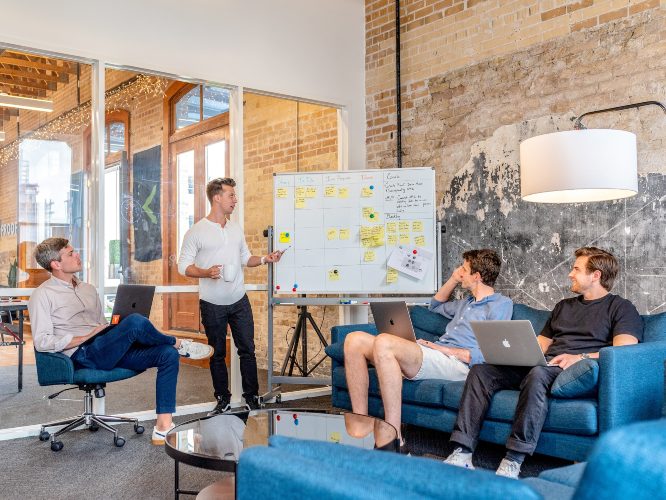
Photo by Austin Distel on Unsplash
Once smartphones hit the market, tech companies were all throwing their hat into the mix, competing for market share and user preference.
Just over a decade later the two main smartphone operating systems are Apple and Android. There have been many OS that has come and gone: Windows, Firefox OS, MeeGo, and many more. These systems failed because they did not meet user needs. Either their UI/UX was not what their customers wanted, their functionality was not at the level desired by users, or they simply did not know what their target market was interested in.
Whereas Google and Apple listened to what their market wanted, the other did not. The others felt that they knew better, that as software developers and UX specialists, they knew better than their customers. Their respective fates show only how wrong they were.
UCD is an interactive approach to development that aims at incorporating the user and their feedback
at every step of the way.
The older methods involve a daunting process in which market research is conducted, large amounts of spec and technical paperwork are amassed, and the firm goes about developing a product only to seek customer feedback at the end of the process.
This older method, sometimes referred to as “waterfall approaches”, usually takes a long time, does not consult with end-users throughout, and usually produces a product that consumers wanted a few years ago or not at all.
Remember, technological advancement is moving at a thunderous pace. Projects that stay too long in development run the risk of being irrelevant by the time they hit the market.
UCD focuses on iterative development and as a result, this issue occurs much less often. This is because at every step of the way the user is handling, interacting, and rating the product.
Having a functioning prototype that can be given to an end-user allows them to provide quality feedback on their experiences. It also allows the developer to determine if the designed functionality works the way they had planned. This is in contrast to traditional methods that put a high amount of faith in their design, insights, and market research.
User-Centered Design And Human-Centered Design
These terms are often used interchangeably but they do not refer to the same thing. It is true that they are related since all users (for the most part!) are humans but refer to slightly different things.
Human-Centered Design takes the human experience into account. It aims to produce products, software, or services with the human body in mind.
For example, an item of importance in Human-Centered Design in regards to UX development are colors. Different colors trigger different mental responses. Blues and Greens are soothing whereas Reds and Yellow are alarming.
Examples of this can be seen on construction sites where areas of danger or worthy of one’s attention are marked with bright yellow tape. On traffic lights red means stop, it is meant to stand out and command attention. A principle of Interior Design is to utilize blues and greens for wall colors as they are soothing and make people feel comfortable.
Software development utilizes Human-Centered Design in many ways. Where drop-down menus are located and the hierarchical structure used to present different information or options are all based on how humans interact with software. In fact, one could say User Interface and User Experience development is entirely human-centered design.
UCD utilizes all the aspects of human-centered design but adds an extra focus on obtaining feedback and information on how users interact with their specific product. There may be much science done on UI and UX principles but nothing was done on whatever new product a company is developing.
This is what UCD focuses on.
UX And User-Centered Design
UX stands for User Experience and has become a rapidly advancing field in the area of software development. UX focuses on how the user interacts with a piece of software, how they feel doing it, and how to improve a program’s interactivity with humans. In short, UX is concerned with the interaction between UI and Humans.
For those who are unfamiliar with UI, it is worth the time to detail a brief explanation. User Interface refers to the aesthetic qualities of a website, program, or mobile application. What colors are used, menu location, informational organization, etc. UI is, in simple terms, what the end-user sees and interacts with.
UX is a good example of an area of development that is, by its nature, user-centered. The whole process is focused on the user and their experiences interacting with a program.
A concrete example that most are familiar with is scroll bars. Scroll bars can move either vertically or horizontally, these are both UI options, but UX tells us that users strongly prefer to scroll up and down instead of side to side.
Once a developer has a website or mobile application prototype they go about testing it. The most used and trusted UX testing tools utilize real user interaction data and feedback. The developer will get a list of user feedback as well as digital data about how the users interacted with the website or mobile app. They will then go back to the design process, tweak the UI based on the user feedback, and test it again.
This is an excellent example of an iterative, user feedback-based approach that UCD focuses on.
10 Key Principles Of User-Centered Design

Like any concrete philosophy or process, it must have principles from which to draw. Without well defined and articulated principles it would be difficult to implement UCD in any meaningful way.
1. Design For The User
Software Development companies started experiencing more success when they began to focus on functionality first. The vast majority of functions in a piece of software were not being used, some estimates were as high as 90% of the functionality was not needed. This occurred because the developers did not focus on the users. Those who take user requirements into account before what they think the user needs will ultimately deliver the best product.
The best way to go about doing this is by focusing on the features that users most desire and working out from there.
2. Aim For Consistency
People interact best with a program when it displays a level of consistency that makes the program easy to use and intuitive to understand.
For example, all information should be displayed in roughly the same way. Using data tables then switching back and forth to visual charts would not be a consistent way of representing information.
Likewise, processes should be similar. The areas in which a user enters data should all be the same in theme and appearance.
3. Dialogue Should Be Simple And Natural
A program is always in dialogue with a user; there is a constant exchange of information. Even if the user is passive in their use of a software or website they are still engaged with what they see. There should be a strong effort made to remove irrelevant or confusing text and stick to the information which adds value to the user experience.
Much in the same way software companies often fail by trying to provide too much functionality, providing too much information can also be a mistake.
4. Minimize Mental Effort By User
With the amount of competition and other options existent in the software industry, this principle is particularly important. Users want to use the least amount of effort as possible to effectively use a piece of software. If a program demands too much of the user they are likely to look for other options. To avoid this it is best to re-focus on what it is the user wants out of a piece of software.
What is the most time and energy-efficient method of delivering this? Any instructions on how to use a program should be clear and written with an economy of words.
5. Provide Feedback, Reassurance, And Safeguards
The first principle of UCD is focusing on the user’s needs or requirements. Most users feel they need a program to interact with them when they enter information or perform an action.
For example, if a program requires the individual to enter their personal information the user should be informed in a clear way that the info was properly entered and received. Likewise, if changes are made to a program’s settings the user should be informed that the desired changes were saved and implemented.
Finally, safeguards should also exist when a negative action is performed. A negative action can usually be thought of as removing information or other changes from a program.
For example. Deleting a user account or restoring the original setting would be considered a negative action. Every time a user wishes to perform such an action they should be prompted to confirm to finalize the process. The most common example of this is the “Are you sure you want to complete this action” dialogue box that pops up when one tries to delete something.
6. Ease Of Navigation
Users do not want to hunt for information. Anyone who has tried to find information on the IRS website knows how frustrating it can be. They know the information they seek is there but do not know where.
The IRS and other government institutions get away with this because there is no competition; they are not competing for traffic.
The private sector does not have this luxury.
If a user cannot find a piece of information or functionality in a short matter of time they are likely to abandon their search and move onto another option.

Photo by John Schnobrich on Unsplash
7. Allow The User To Be In Charge
Those who have studied UCD know that it is extremely frustrating for users when they cannot use the software in the way that they want to.
There is a fine line between offering functionality that requires little mental effort and creating a program that forces a user to use it in certain ways.
The only way to get around this is through iterative design. Which each iteration the developers should be able to hone in on where that line lays.
8. Clearly Present Information
Much work has gone into how to best structure and organize information. This is a particularly delicate topic as most users prefer to skim paragraphs hoping to find the exact bit of information they are looking for.
Organizing information in such a way that allows users to find exactly what they are looking for and quickly is very important.
This does not apply only to information. It is also true for functionality. If a program offers specific functionality that the developer knows the user wants they should not make it difficult to find and use.
9. Make Assistance Available
One cannot account for all questions a user may have. In these cases assistance, either AI or human should be easily and readily available. If user support is done by way of response form, the response should be quick and aim to answer the user’s question or address their concern.
10. Minimize Errors And Bugs
Some may feel as if this goes without saying; no developer intentionally creates bugs one may say. This is true, but it is important to note that many bugs and errors arise when a program is developed with a waterfall method.
Once again, iterative design allows developers to test a prototype with a real-world user making them more likely to encounter bugs and errors.
Conclusion
User-Centered Design has taken off because, above all, it delivers results.
While not all companies and industries have caught on the software development and UX design arenas have accepted this methodology with open arms.
To reiterate, the process relies on user feedback, iterative design, and continual improvement.
The standard UCD life cycle begins with an idea or concept. Market research is then conducted to determine if there is a legitimate demand in the market for such a product. If there is, a team is assembled to plan, design, and build a prototype.
That prototype is then immediately tested by the end-user. The development team takes note of what works, what doesn’t, and what can be changed.
These changes are then made, preferably over a short period of time, and then another prototype is made. This process repeats itself until the developer is happy with their product.

Beatrix Potter
Design Blogger
Beatrix Potter is a design blogger at Best Essay Writing Service and Assignment Writing Help service. Although she has written on a wide array of topics she is most comfortable writing about tech and AI-related topics. When not writing Beatrix enjoys traveling, reading, and running. In her spare time, she also tutors at Do My Homework.




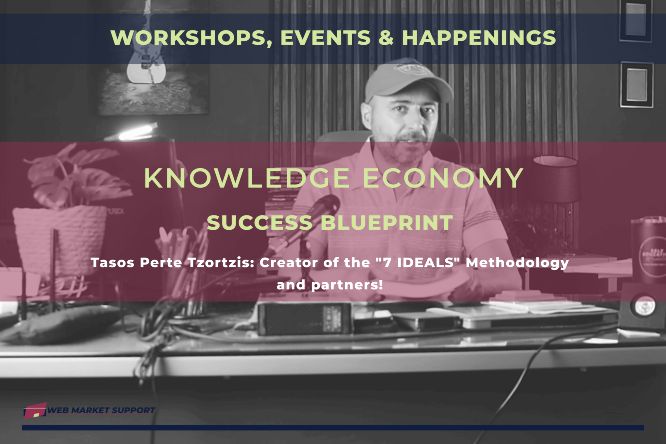
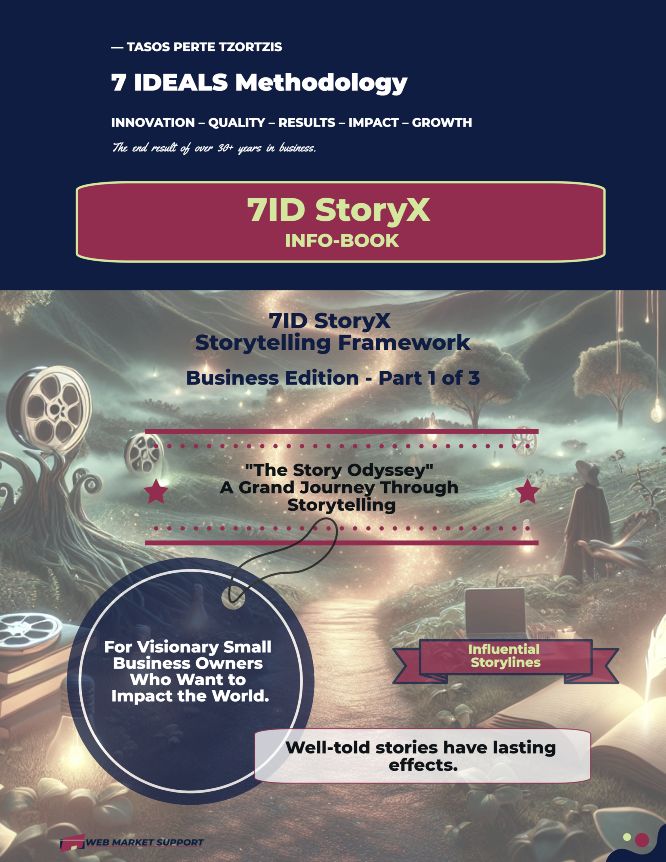
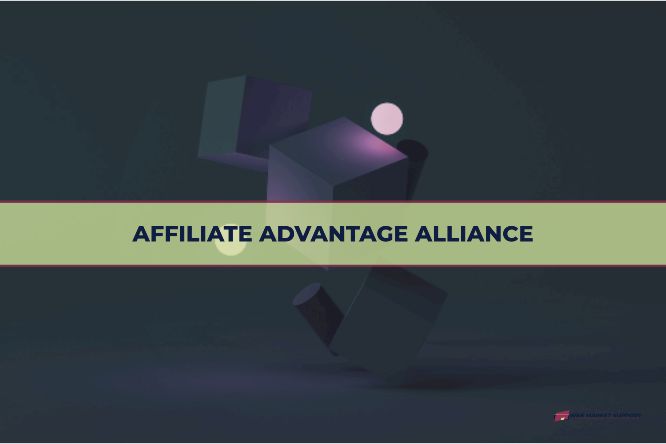


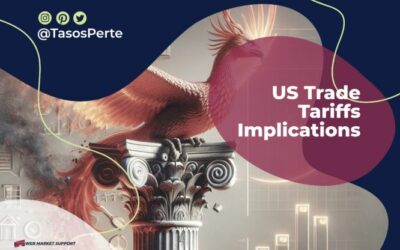
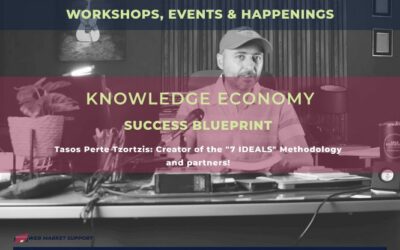
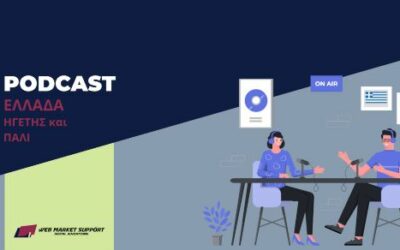
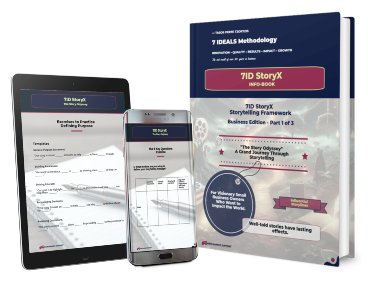
0 Comments